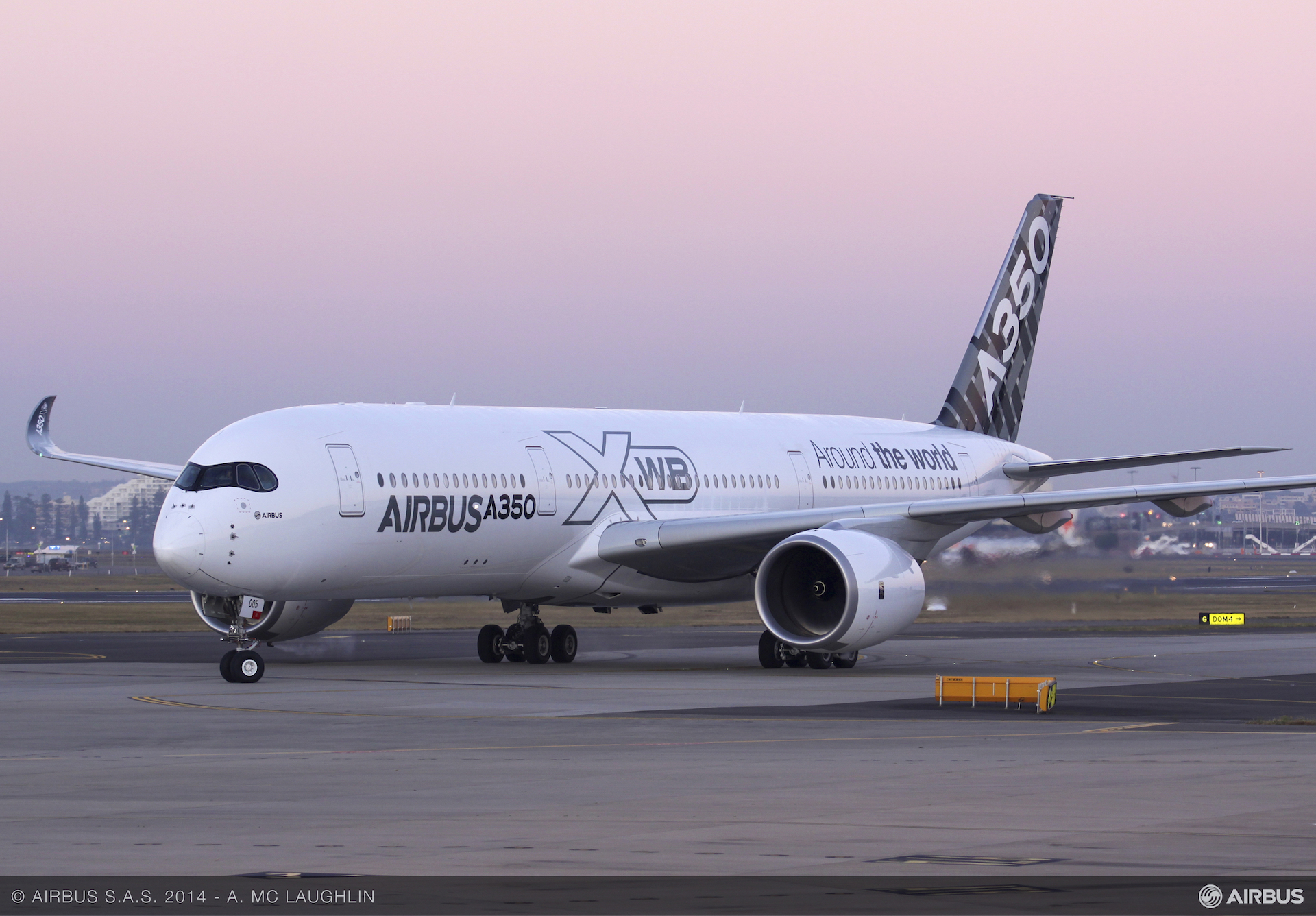
Stratasys announced that Airbus standardized their ULTEM 9085 material as a material for flight parts. But is there more to this story?
Specifically, Airbus is to use the Stratasys material in the A350 XWB aircraft program for “flight parts”. These would be production parts, not prototypes. Stratasys explains a bit more:
Stratasys’ ULTEM™ 9085 resin is certified to an Airbus material specification and is used in Stratasys’ FDM (Fused Deposition Modelling) based additive manufacturing solutions. By combining a high strength-to-weight ratio with FST (flame, smoke, and toxicity) compliance for aircraft flight parts, ULTEM 9085 enables the production of strong, lighter weight parts while substantially lowering manufacturing costs and production time.
This is after the recent announcement of GE acquiring two metal 3D printing companies, seemingly with the intent of ensuring access to that technology for their burgeoning 3D printed aerospace ventures. I offered additional speculation on this acquisition here, which suggested the possibility of a future monopolistic scenario in which GE could have a “stranglehold” on certain metal 3D printing processes in aerospace.
Now Airbus is standardized to another 3D printing technology with Stratasys. Is this a trend? Could we see many more 3D printing processes and materials “line up” with aerospace companies in the future?
It’s quite possible – and maybe even likely. But not for the evil business reasons that you might be thinking about.
Nope, I think it’s to do with certifications. In the aerospace world, and similarly but perhaps less so in some other industries, parts comprising a machine involved in life and death situations like an aircraft require stringent certifications.
Parts must be made to identical and consistent specifications, and that includes the material used to make the part. It cannot vary. As a result, aerospace companies must endeavor to produce a manufacturing process that delivers absolutely consistent results.
One way to do that is to standardize on technologies, processes, equipment and materials.
And that’s exactly what Airbus is doing. And perhaps GE will be doing internally with their new acquisitions.
Sure, you could have multiple technologies, processes, equipment and materials attempting to produce parts with identical characteristics, but that’s hard to do, and requires additional work to accomplish the certifications. So one standard will do.
Thus this announcement is truly good news for Stratasys – and Airbus. But maybe not for competing 3D print vendors.
Via Businesswire

